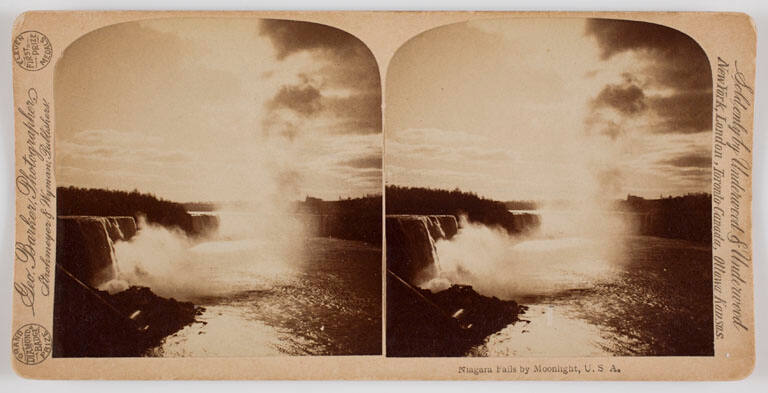Margaret Bourke-White
(American, 1904–1971)
[Shepherd watching over sheep milling around remains of destroyed German aircraft after Allied Forces raid, Leipzig, Germany]

Object Details
Artist
Margaret Bourke-White
Date
1945 (negative); 1979 (print)
Medium
Gelatin silver print
Dimensions
Image: 10 13/16 × 14 inches (27.5 × 35.6 cm)
Mat: 15 15/16 × 20 1/2 inches (40.5 × 52 cm)
Credit Line
Gift of Gary Davis, Class of 1976
Object
Number
2004.045.018
During World War II, Bourke-White was the first female war correspondent and the first woman to rece(…)
During World War II, Bourke-White was the first female war correspondent and the first woman to receive permission to work in combat zones. In March 1945, she covered the Allied advance into Germany by way of the Rhine with General Patton’s troops. By April, Patton’s troops entered Buchenwald, the first major concentration camp liberated by the Americans. Bourke-White brought to her work an intuitive understanding of the elements needed for a successful photo-essay and a deeply humanitarian sensibility—combined with her own recognition that she was recording history as it happened.The Johnson Museum holds more than three hundred photographs by Bourke-White that provide an unusual opportunity to view the entire span of her remarkable career, from campus views that she sold to classmates to her work in architectural and industrial photography, and the images she made as a photojournalist in the United States and overseas. (“Highlights from the Collection: 45 Years at the Johnson,” curated by Stephanie Wiles and presented at the Johnson Museum January 27–July 22, 2018)












